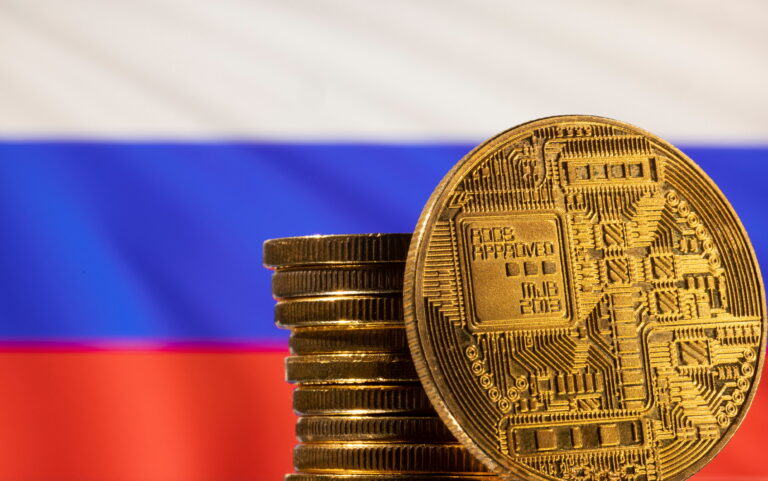Payments in national currencies among members of the Shanghai Cooperation Organization (SCO) have surged to 92%, up from 40% in 2022. This significant increase signals a strategic pivot away from reliance on the US dollar and reflects a broader trend toward strengthening economic ties among member states through local currencies.
Dmitry Volvach, Russia’s Deputy Minister of Economic Development, made this announcement during a press conference in Moscow. He highlighted the rapid growth in the use of national currencies for cross-border transactions within the SCO. This shift is part of a larger effort by the SCO to promote economic independence and reduce the dominance of the US dollar in global trade.
The SCO, established in 2001, initially included Russia, China, Kazakhstan, Kyrgyzstan, Tajikistan, and Uzbekistan. Since then, it has expanded to include India, Pakistan, and most recently, Iran, which became a full member in July 2023. Belarus is also in the process of joining, signaling further expansion of the organization.
This move mirrors the actions of the BRICS group (Brazil, Russia, India, China, and South Africa), which has also been advocating for the use of national currencies to minimize reliance on the dollar. The BRICS bloc recently welcomed new members including Argentina, Egypt, Ethiopia, Iran, Saudi Arabia, and the UAE.
China and Russia have been at the forefront of this movement, enhancing their cooperation in currency and finance within the BRICS framework. Recent meetings between Chinese Premier Li Qiang and Russian Prime Minister Mikhail Mishustin have focused on increasing the use of local currencies, improving payment infrastructure, and boosting mutual investments. The agenda also includes collaboration in emerging areas such as artificial intelligence and sustainable development.
This shift towards national currencies is a response to geopolitical changes and economic strategies aimed at building a more multipolar world order. By reducing dependence on the US dollar, SCO members hope to strengthen their economic sovereignty and foster greater stability within their region.
For traders and investors, this development could have significant implications. The growing use of local currencies might impact global currency markets and trade dynamics, potentially leading to shifts in investment strategies and currency valuations.



